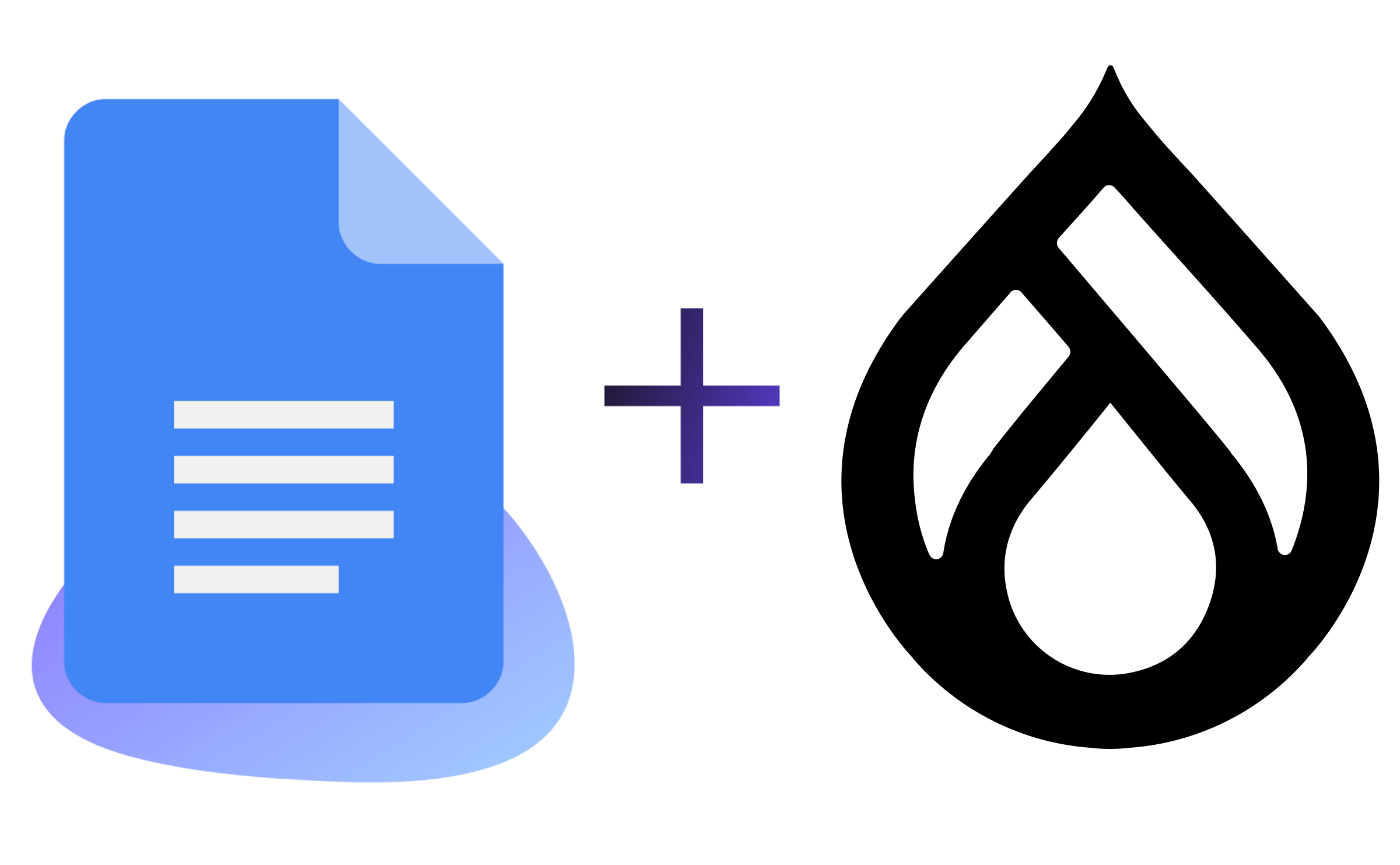5 Signs Your Drupal Site Needs a Cloud-Based TMS
Drupal 8 is the best tool out there for creating a multilingual sites. Unlike Drupal 7, Drupal 8 was built with multilingual in mind. But it isn’t a one-stop shop for translation. Drupal 8 allows translated content to be created or displayed on your site, but it doesn’t perform the actual translation of content for you. You’re going to need a Translation Management System (TMS) for that.
Once you’ve decided to make your Drupal site multilingual, the next step is choosing a TMS. There are many features, functions, and performance elements to consider such as integration, continuity, visibility, and consistency.
To find out if a cloud-based TMS is the right tool for you, take a look at the following statements. If you can answer yes to any of these, it’s a sign you might need the functionality of a TMS that resides in the cloud.
1. You Have Dynamic Content That Changes Frequently
Enterprise level businesses need integrated, continuous, and dynamic creation of multilingual content that reaches a global audience. You also need a timely and efficient way to manage and distribute that content. If you constantly add new content to your site, or if your sourcing of translated content has become challenging to manage, it’s time for a translation upgrade.
A cloud-based TMS saves a lot of overhead costs, like those incurred for file management. It also auto-scales to match growing volume levels. Cloud-based technology is the most agile, efficient, and easy-to-use translation solution for Drupal users. When you manage translations in the cloud, you no longer have to deal with slow manual processes like email attachments and FTP servers. You also get scalability that’s not offered with on-premise options.
2. You Need Faster Translation
Using older technology and time-intensive manual processes like emailing back and forth and word-for-word translation can really bog down your business and negatively affect your ability to make agile business decisions.
Users of a cloud-based TMS can translate, localize, update, and publish global content all within a single, uninterrupted workflow. As a result, workflows are accelerated, and the globalization of content becomes faster and more streamlined. This gives enterprises the ability to easily create and manage different types of content across multiple channels, including social media.
3. Your Translation Costs Are out of Control
The cost of translation can quickly spiral out of control. You’re not just the incurring the cost of translation, but also the institutional cost of assigning personnel to manage an overly complicated translation process. Time spent emailing, sending files, and communicating back and forth takes time away from more important, revenue generating activities.
A high performance TMS can automate translation workflows and promote more efficient use of your linguistic assets like translation memory, glossaries, and style guides. A TMS that lets you reuse your translations will be more cost effective and will speed up your translation process. Content reuse will also lead to increased messaging and brand consistency meaning your international users and customers will have a reliable customer experience.
4. You Have No Idea Where Your Translations Are or When They Will Be Ready
Does it sometimes feel like you’re sending your content into a virtual black hole? Not knowing where your files are, who has downloaded them, and when your translations will be completed can be frustrating, and frankly, a little scary.
An automated, integrated TMS will give you full visibility into your translation projects with at-a-glance workbench dashboards that tell you the status of every piece of content, everyday. This complete transparency into the translation process is going to help you sleep better at night.
5. Your Brand Messaging Is Getting Lost in Translation
Clients build strong brands on a reputation of high quality and consistent messaging. Mistakes in translation or localization can damage your company’s reputation and alienate your global clientele. If your translation quality is not what it should be, consider a TMS that will let you leverage translation memories and offer real-time collaboration and access to ensure you get better quality and more consistent branding and messaging.
If any of these statements sound familiar, it’s time to consider an upgrade to newer, more agile translation technology. Drupal 8 is the best tool out there for your multilingual sites, but teaming it up with a cloud-based TMS can improve its ability to deliver localized content and increase engagement with your customers around the world.


